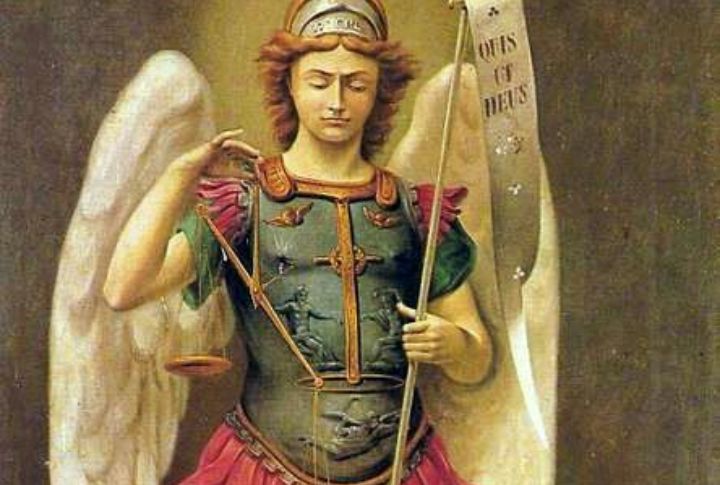
Few angelic names spark as much certainty—and confusion—as Michael’s. Revered across centuries, his image shifts between that of a heavenly warrior and a misunderstood symbol. Cultural overlays often blur what scripture actually says. If you think you know Michael the Archangel, get ready to examine that belief a little more closely.
Michael Is Not A Human Saint
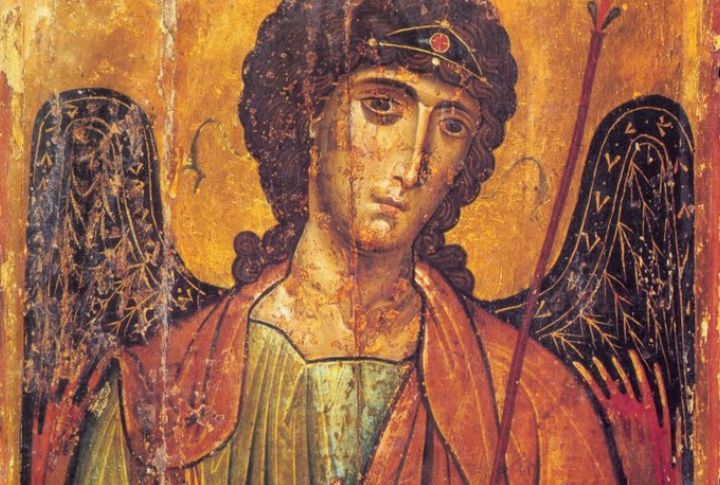
Centuries of Christian tradition have labeled Michael a “Saint,” but that’s a misunderstanding of his origin. Unlike saints canonized by the Church, he was never human. As an archangel, he operates on a different plane—serving as a divine agent, not a sanctified soul once living on Earth.
Michael Is The Only Angel Called “Archangel” In The Bible
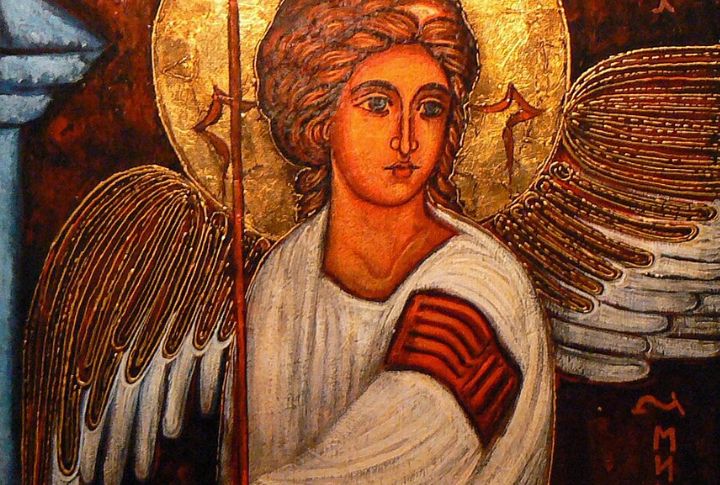
How many archangels are mentioned by name in the Bible? Just one—Michael. Others, like Gabriel, are called angels but never receive the “archangel” title. This singular designation in Jude 1:9 points to a unique, elevated authority not shared with any other named angelic being in scripture.
Michael’s Name Is A Declaration, Not A Comparison
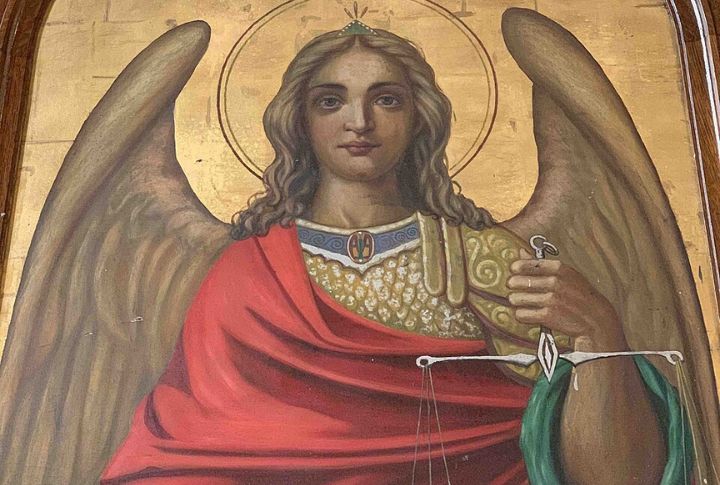
“Who is like God?”—that’s the literal translation of Michael’s Hebrew name. It isn’t a comparison but a battle cry for divine supremacy. The phrase acts as a rhetorical challenge to any being who would question God’s authority, reinforcing Michael’s role as defender of heaven’s throne.
Michael’s Role Extends Beyond Christianity
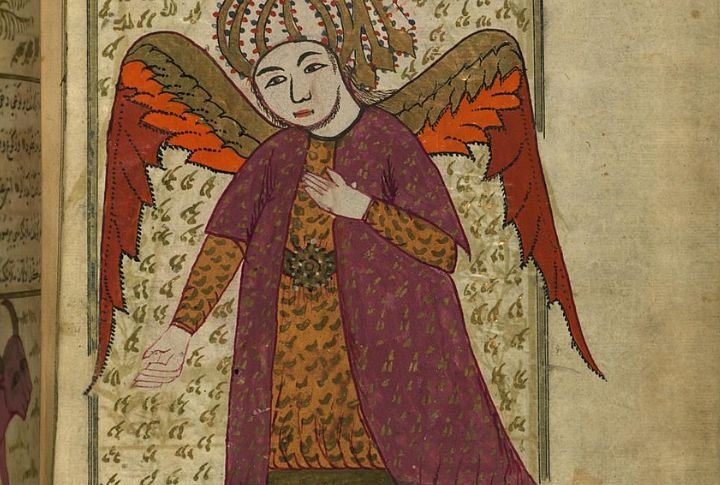
You’ll find Michael revered not just in Christian belief, but also in Jewish and Islamic teachings. In Judaism, he defends Israel; in Islam, he nourishes souls. His presence across faiths demonstrates a broader spiritual significance that transcends denominational boundaries and doctrinal divides.
Michael Is Not Depicted As A Guardian Angel
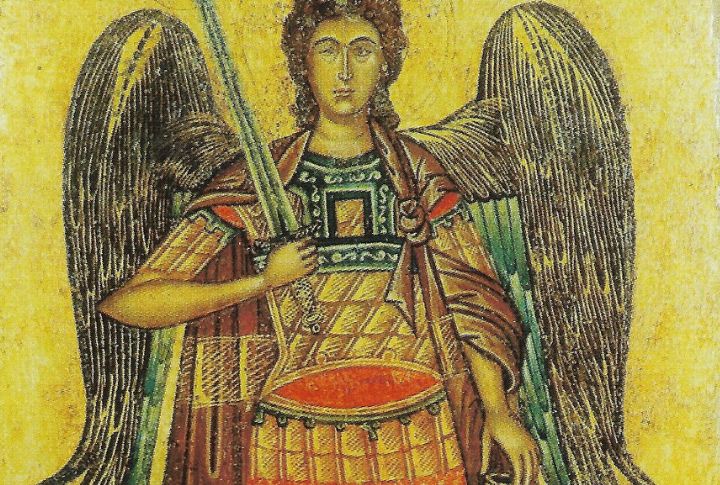
Unlike angels who watch over individuals, Michael oversees spiritual warfare on a cosmic scale. He contends with forces far beyond personal struggles—Revelation 12 shows him leading an army. That distinction marks him as commander, not caretaker, in the angelic hierarchy described in scripture.
Michael’s Appearances Are Limited In Scripture
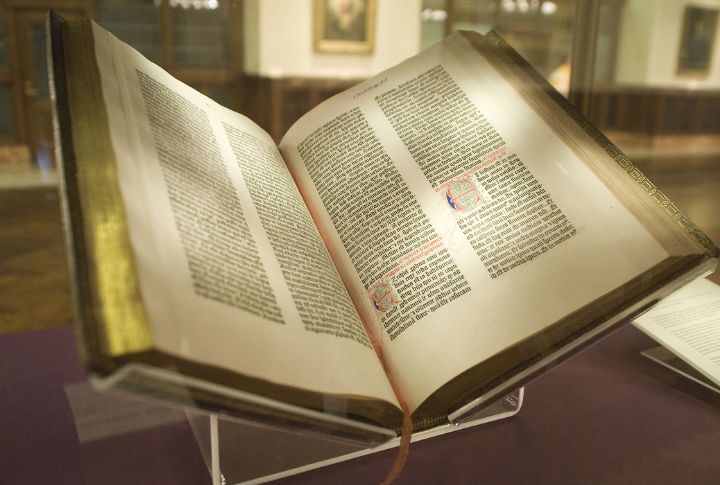
Biblically, Michael shows up in only four verses: two in Daniel, one in Jude, and one in Revelation. These rare appearances amplify, rather than diminish, his importance—each instance casts him in a pivotal role during times of great spiritual conflict or prophetic urgency.
Michael’s Depiction As A Warrior Is Symbolic
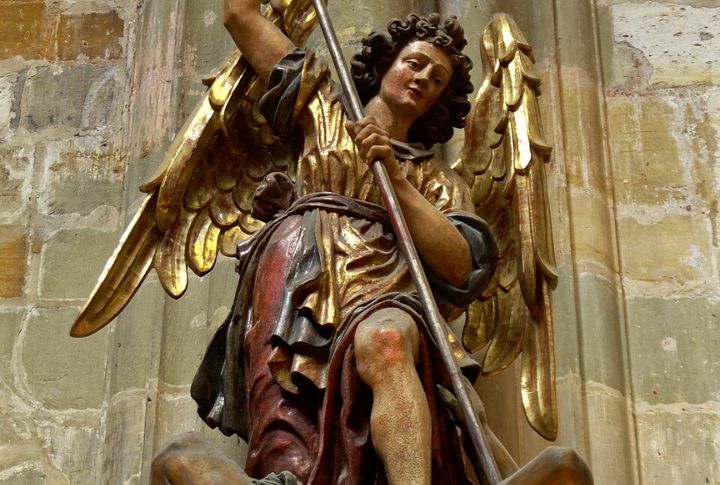
Images of Michael slaying Satan with a sword fill religious art—but they aren’t to be taken literally. The sword represents divine justice and the triumph of good over evil. Visual metaphors like these simplify complex spiritual truths for human understanding across cultures and eras.
Michael Is Not The Only Angel Involved In End-Time Events
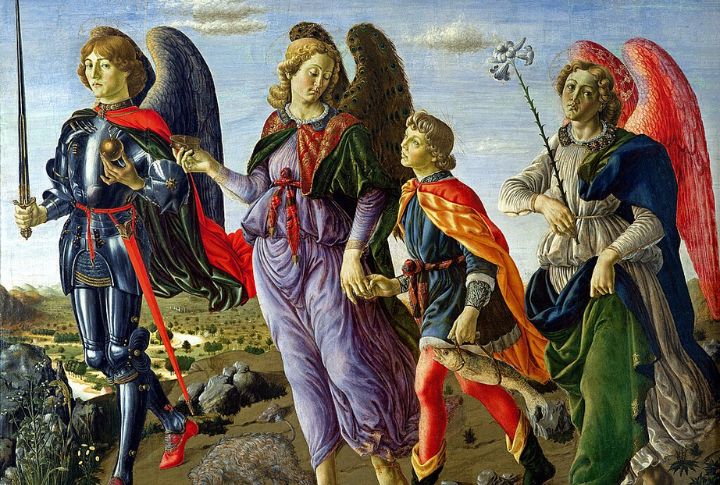
Although Revelation casts Michael as a central figure in the end-times conflict, he’s not alone. Gabriel also plays key roles, especially in announcing messianic and apocalyptic events. Together, these angels fulfill distinct tasks within a coordinated divine plan for the world’s ultimate redemption.
Michael Does Not Act Independently Of God
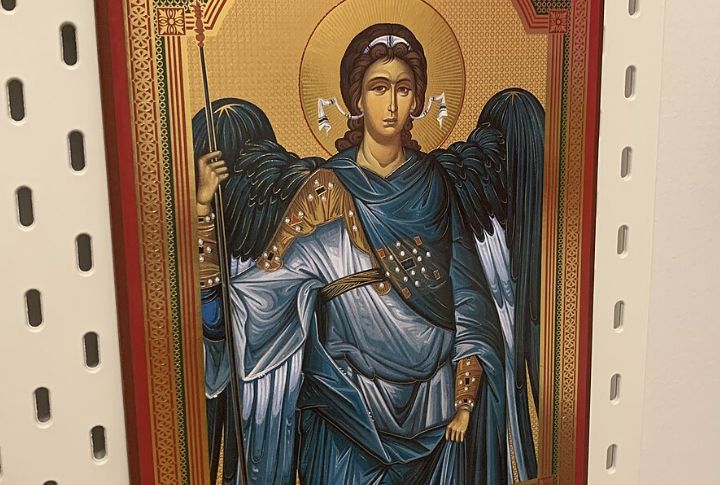
Authority isn’t something Michael assumes—it’s something he defers. In Jude 1:9, even when confronting Satan, he invokes God’s judgment rather than his own. That moment reveals a hierarchy where even the highest angel depends on divine sanction before making any decisive spiritual move.
Devotion To Michael Varies Across Christian Denominations
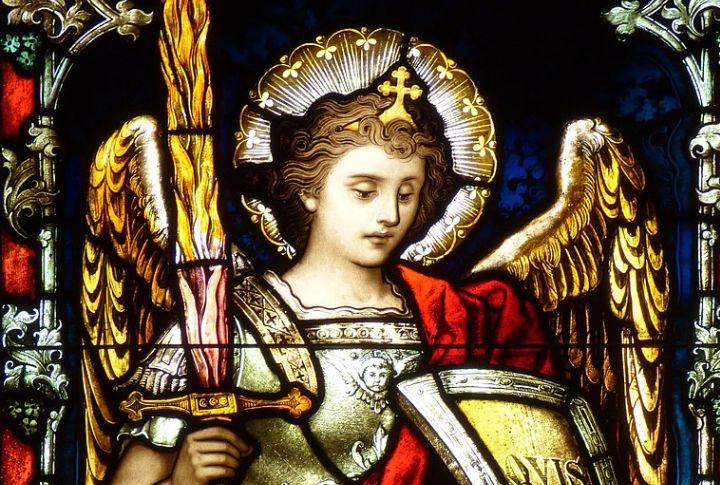
Not every branch of Christianity venerates Michael in the same way. Catholics and Orthodox believers celebrate feast days and prayers in his honor, while many Protestants acknowledge him only through biblical references. These theological differences shape how his role is perceived and practiced today.

